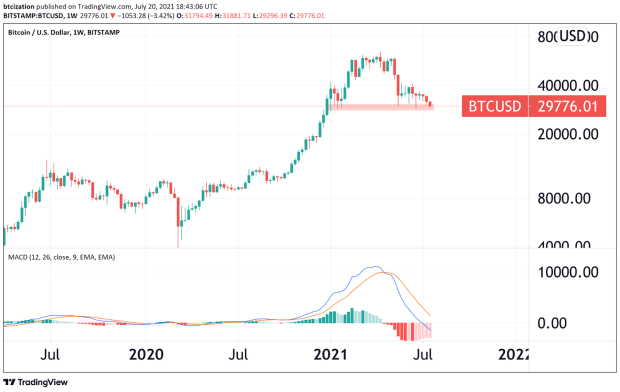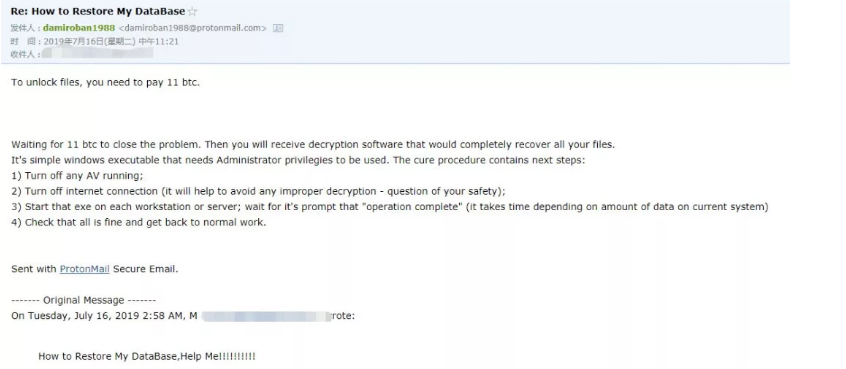Bitcoin Needs To Change For Its Ethos To Scale
This is an opinion editorial by Michael Matulef, an electrician, independent student of Austrian economics and member of the Mises Institute.
Bitcoin needs to change! In the realm of Bitcoin heresy, before you prepare to hang me from the gallows for that statement, permit me to express my final thoughts. Allow me to provide a brief introduction — I am not a galaxy-brained, shadowy super coder. I must admit to my relative ignorance in the fields of computer science and cryptography. I do not work within the Bitcoin industry. Instead, I am an ordinary pleb, toiling away in construction to make ends meet, striving to maintain humility and gain a comprehensive understanding of the true nature of Bitcoin. So, why do I say that Bitcoin must change?
Let us commence by reflecting upon the adage, “Not your keys, not your coins,” which resounds as one of the loudest mantras in the Bitcoin community, and rightfully so. When your private keys are held by a centralized exchange or custodian on your behalf, you effectively surrender control over your funds. This situation introduces counterparty risk, as you become reliant on the security practices and integrity of the third party entrusted with your keys.
The philosophy underlying “not your keys, not your coins” aligns with the broader principles of decentralization and censorship resistance. These principles seek to empower individuals with financial sovereignty and eliminate the necessity for intermediaries. It underscores the significance of personal responsibility, security and self-reliance in this digital era where governments increasingly employ technology as a tool for controlling individuals.
Now, you may ask, what is the issue at hand? Well, the truth of the matter is that, under the current implementation of the Bitcoin protocol, self custody does not scale. Many Bitcoin enthusiasts choose not to critically analyze this reality. However, we cannot ignore the consequences of ignoring reality.
Recently, the BRC-20 minting issue thrust this challenge into the spotlight within the community. The event triggered an explosion in the base layer fee market, resulting in exorbitant costs to confirm transactions. Regardless of your opinion on BRC-20, the incident provided us with a glimpse of the future if the network continues to expand. Try to envision, in all honesty, the exacerbation of this situation with 8 billion users. As activist Anita Posch pointed out in this tweet, custodial solutions would become the only means of onboarding new network participants. While there are federated protocols aiming to disintermediate custodial risk by spreading it among multiple custodians, this solution remains fundamentally different from self custody.
Recently, human rights activist Alex Gladstein posed a thought experimen focused on this issue:
To my dismay, over 54% of respondents to his scenario deemed it a success. This sentiment is perilous, as such a scenario undermines Bitcoin’s ethos of self sovereignty and censorship resistance. It may not come as a surprise, though; this poll may indicate that more people prioritize “number go up (NGU)” over individual liberty.
Whenever the scaling issue arises, a common response is to invoke the notion that Bitcoin scales in layers, and that the base layer can ossify while additional layers facilitate the onboarding of the global population. However, as Shinobi reminds us, “Layer two is not a magic incantation. For layer twos to optimize and improve, new functionality on the base layer is required. Layer twos are literally just things built on the functionality of layer one. The limitations of layer two are a direct result of layer one limits.”
Accepting this reality can be daunting, especially for individuals like myself who are not computer science majors or cryptographers. We adore Bitcoin, and the prospect of change can be intimidating because we are unaware of what we don’t know. There is a non-zero possibility that any alteration could lead to Bitcoin’s failure. Consequently, many of us stubbornly dig our heels into the sand and advocate for the ossification of the base layer to ensure, in our minds, that Bitcoin remains intact.
If you, like me, believe that “not your keys, not your coins” should be an option for all participants in the network, present and future, we must embrace Bitcoin’s malleability before it is too late. In the words of Jameson Lopp:
“Bitcoin is sound money. But it’s not just digital gold. Bitcoin is programmable money. Unlike gold, it is a technology that can be upgraded. We need not throw that property out the window. There is still much about Bitcoin that can be improved without violating its soundness… The nature of how network protocols ossify means that the changes necessarily must happen earlier rather than later; it becomes impossible to coordinate changes once a protocol is adopted at a mainstream level.”
And to quote Lopp once again:
“Ossification is a side effect of growth, not an explicit decision unto itself. There is no way to really know when we’ve gone too far until newly proposed changes simply cease to gain any traction. Now, the real problems of ossification become clear: once we cross an invisible line in the future, Bitcoin will be ‘set’ as it is, with no more updates practically possible.
“Before this happens, developers and users need to think about what Bitcoin’s ultimate code base should look like. We can see from past debates surrounding things like the SegWit fork that bitcoiners are both divided and passionate about many issues, and there’s almost certainly no answer to this question that everyone will agree on. This is, of course, part of the problem driving ossification in the first place.”
Only time will reveal whether we have already crossed that invisible line of base-layer ossification. However, until that day arrives, it is crucial for all users who cherish Bitcoin for its properties of self sovereignty and censorship resistance, as well as its potential to truly separate money from the state, to embrace changes with an open mind. Engage in the various discussions within the developer community. Implement the principle of charity in your observations and discussions. Personally, as an attendee of ChiBitDevs, I can attest that those in the developer community are extremely welcoming and enjoy assisting non-technical users in grasping complex engineering matters that reside at the forefront of development.
Let me leave you with one final quote from Shinobi to contemplate: “What if the spooks (government) want you vehemently against any further changes to Bitcoin so that our only viable long-term scaling options are banks they can try and regulate and capture?”
Tick tock, next block.
This is a guest post by Michael Matulef. Opinions expressed are entirely their own and do not necessarily reflect those of BTC Inc or Bitcoin Magazine.









